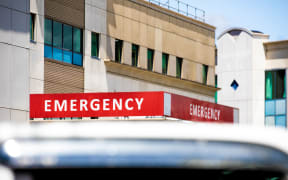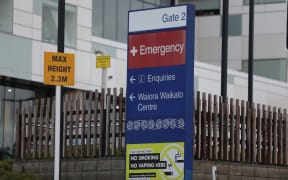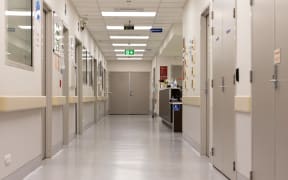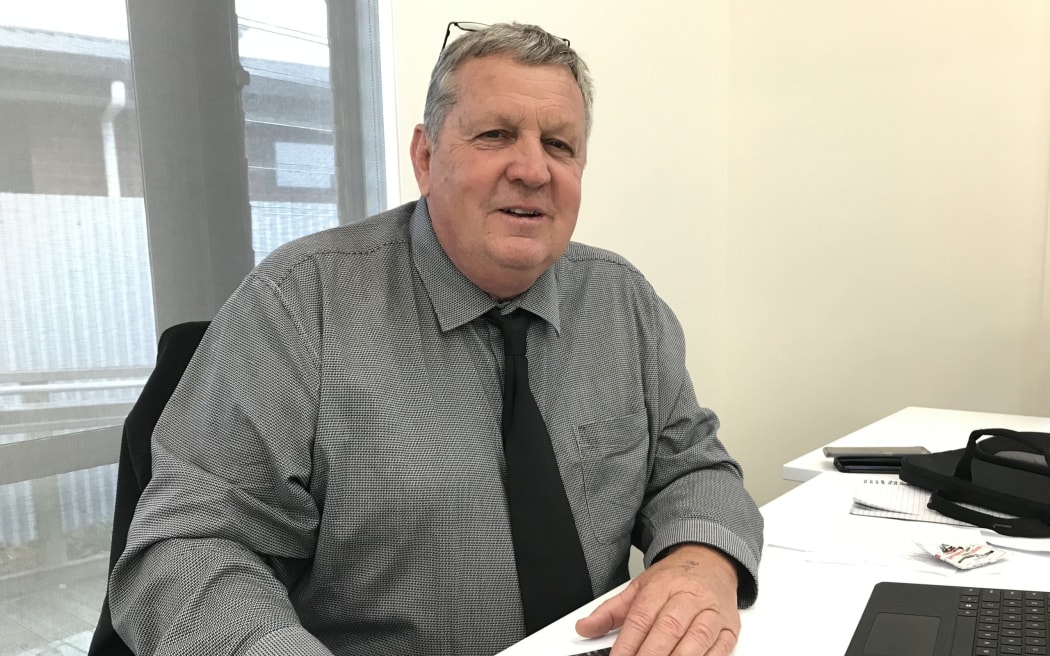
Kaipara Mayor Craig Jepson says better ambulance funding is required. Photo: Local Democracy Reporting / Susan Botting
Kaipara Mayor Craig Jepson has launched a broadside at New Zealand's ambulance service after his 88-year-old mother was left on the ground with a broken hip in her Bay of Islands garden for 2.5 hours before an ambulance arrived.
Mayor Craig Jepson said he planned to lodge a formal complaint with Hato Hone St John and is seeking an apology.
His mother, Beverly Jepson, was watering roses just before sunset in her Haruru Falls garden in late February.
Shortly before 8pm, she tripped on the garden hose and fell onto the concrete garden path, breaking her hip, he said.
The hose drenched her as she fell, leaving her cold and wet.
"We were told the ambulance had been dispatched and it would be there in half an hour, but it didn't turn up for two and a half hours," Jepson said.
Beverly Jepson said she had been in a lot of pain and it was extremely lucky her neighbours could care for her while she waited.

An ambulance was initially called via his mother's medical alert device monitoring service.
"My sister is a thousand kilometres away in Queenstown and I'm 1.5 hours' drive away from Mum in Mangawhai," Jepson said.
He said it was not good enough his mother was left on the ground without adequate pain relief for so long.
The health system needed better resourcing to ensure ambulances could get to patients in a reasonable time, he said.
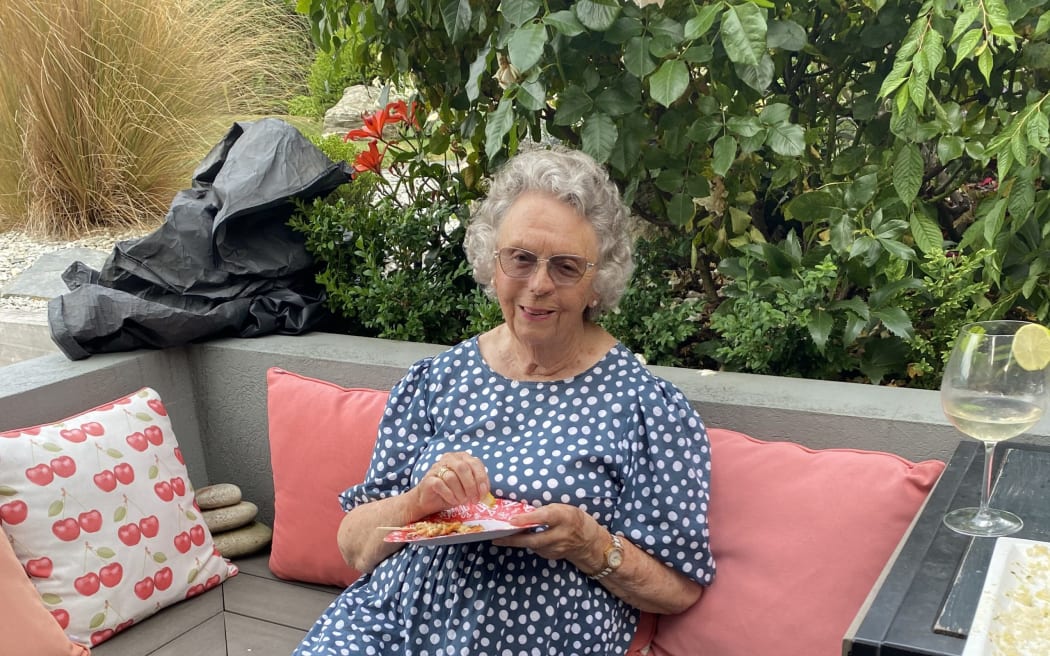
Kaipara Mayor Craig Jepson's mother Beverly Jepson, 88, lay on the ground with a broken hip for more than two hours before an ambulance turned up. Photo: Supplied / Jepson family
Beverly Jepson's neighbour Peter Holloway was also notified by the monitoring company and told an ambulance had been dispatched.
Holloway is the family's designated locally-based neighbour and helped bring her blankets and pillows.
Beverly Jepson also called a member of the Paihia fire service.
The fire service arrived about 8.15pm but was not able to administer pain relief other than offering Panadol.
By 9.15pm, more than an hour after the emergency response initiation, an ambulance had still not turned up.
Holloway called 111.
"We just waited and waited and waited, not wanting to move Beverly.
"She described her pain level as 8.5 out of 10. What would have happened if she had suddenly deteriorated with the passing of so much time?"
The ambulance finally turned up about 10.30pm.
"The Paihia St John station is only five minutes away, Kawakawa station about 25 minutes and Kerikeri's station much the same. Why did it take so long?" Holloway asked.
"I no longer have trust in the ambulance service," Holloway said.
Jepson's mother was taken to Bay of Islands hospital overnight before being transferred to Whangārei hospital for a hip operation. She is now recovering in the hospital's rehabilitation ward.
Hato Hone St John Far North area operations manager Leigh Knightbridge said all available ambulances in the area had been committed to other emergencies when the emergency call came in.
"Hato Hone St John acknowledges that waiting longer than expected for an ambulance can be distressing for patients, carers and family members and we apologise if we did not meet the patient's expectations on this occasion," Knightbridge said.
Patients with immediately life-threatening calls were given the highest priority.
Beverly Jepson's condition had been categorised as appearing serious but not immediately life-threatening, based on the information provided to the service, Knightbridge said.
"We acknowledge some patients who do not have an immediately life-threatening condition may have to wait longer for an ambulance," Knightbridge said.
He said ambulance station proximity was not always an indicator of how quickly one would be available when all vehicles were already on jobs.
"In times of high demand our emergency dispatchers assign the closest, most appropriate resource to the highest priority incidents, as soon as possible."
The ambulance responding to Jepson's emergency drove from Bay of Islands hospital in Kawakawa, where it had been transferring a patient from a previous callout.
The crew treated Jepson and took her to hospital in a moderate condition.
Knightbridge said the organisation aimed to keep in touch with a patient waiting for an ambulance.
"In Mrs Jepson's case, an attempt at making a welfare check was unsuccessful due to our call not being picked up," he said.
"However, our Fire and Emergency colleagues responded to the scene prior to the ambulance arriving and were able to assess her and provide an update to our clinical desk."
A spokesperson for Jepson's medical alert company ADT Security said the company had followed all protocols.
ADT Security had no visibility into the ambulance service response once the case had been handed over for triage, the spokesperson said.
LDR is local body journalism co-funded by RNZ and NZ On Air.

